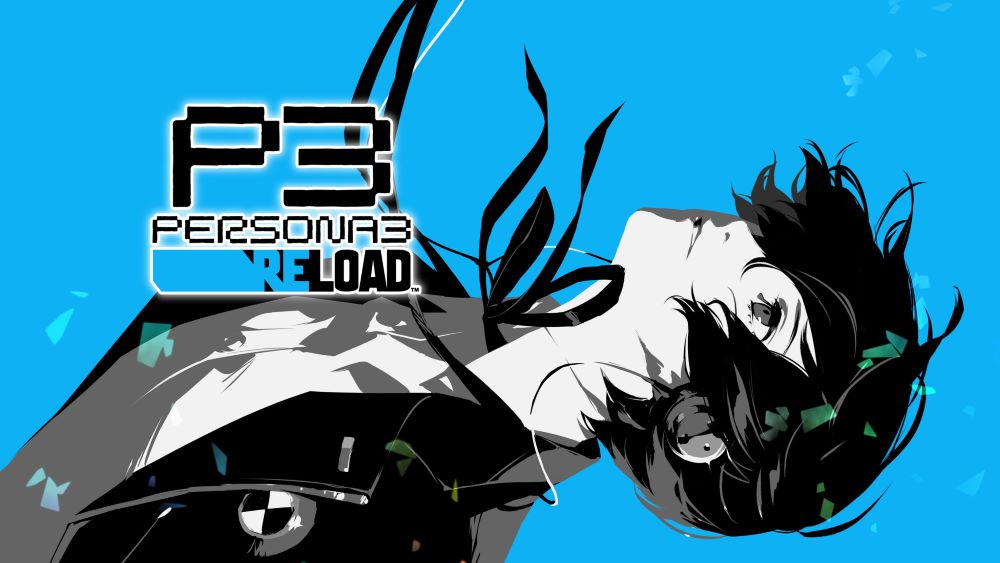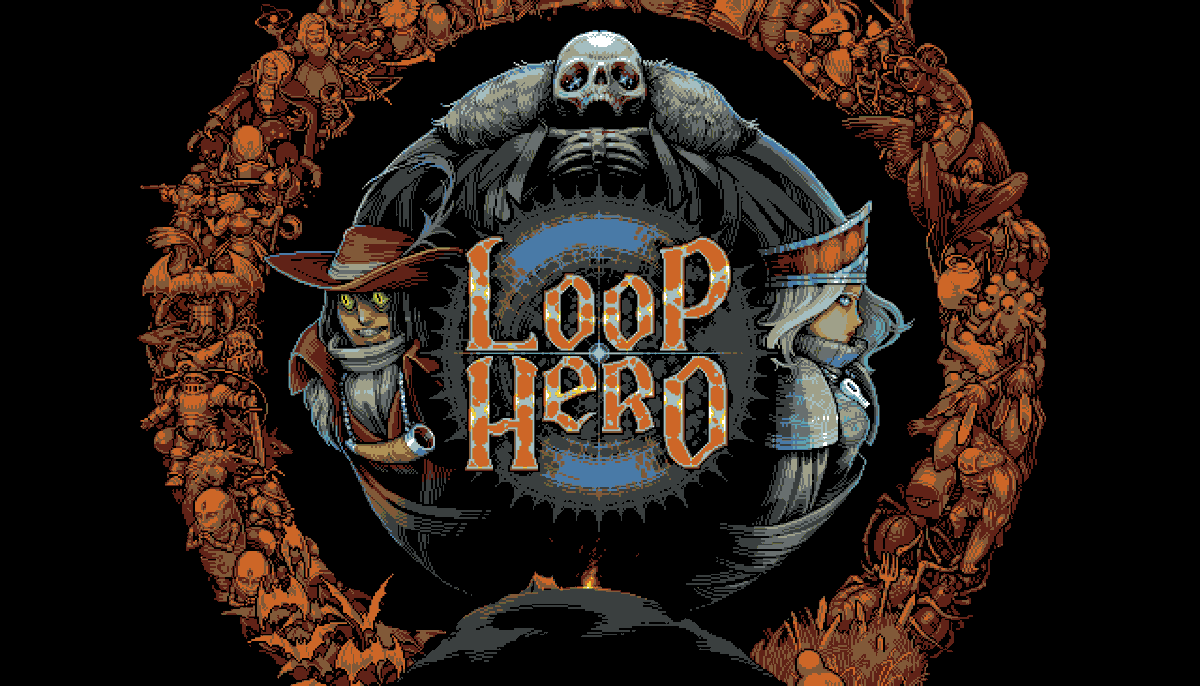Trek To Yomi Review – Bliss in Black and White
Trek to Yomi Review
Ever since it was announced during last year’s E3 show, Trek To Yomi has been one title we’ve been keeping our eyes on. With a look and feel that was heavily influenced by Akira Kurosawa and his trademark style, this latest offering from Devolver Digital and Flying Wild Hog feature a gorgeous aesthetic that makes it stand out among the other titles being released this month of May.
Trek To Yomi tells the story of Hiroki, a young boy that is training to be a Samurai when his village is invaded and his loved ones killed. After this brutal incident, and many years older, Hiroki has sworn to protect the people and his village once again after a repeat of history looms on the horizon.
Players looking for a thought-provoking and elaborate storyline may find very little to be excited about with Trek To Yomi, as this is one aspect of the game that doesn’t shine as much as the others due to its cliche storyline that pushes a slightly supernatural twist that really didn’t make me care enough in the end. Instead, players can expect stylish gameplay that is highlighted by amazing cinematography and framing, feeling like a literal playable Samurai movie.
Fine in Black and White
At its core, Trek to Yomi is a 2D side-scroller sprinkled with a few 3D sequences that allow players to explore small areas for collectibles and items to help along your journey. All battle sequences in the game are fought on a 2D plane, and you’ll be facing these enemies in continuous waves, getting from save point to save point while inching towards the end of the level.
One thing you’ll immediately notice is its black and white presentation, a tribute to Japanese filmmaker Akira Kurosawa, which was also recently implemented in Ghost of Tsushima’s Kurosawa Mode. While Sucker Punch’s 2020 epic is best played in its default full-color mode due in large part to its stunning art direction, Trek to Yomi goes the opposite extreme and is something that surprisingly works so well, film grain and all.
Zoomed up close, the character models and environments aren’t the best-looking ones out there. There’s a reason for this, and to further reinforce the presentation, Trek to Yomi employs its best feature to elevate the game into a Samurai epic – its use of cinematic camera angles and flawless framing.

Oftentimes, the camera will zoom out, offering the player a mostly fixed view with slight panning and zooming to achieve an exquisite cinematic feel. Whether it is Hiroki traveling through rice fields or sprinting through the rooftops of burning houses, Trek to Yomi‘s cinematography and composition is second to none, trading photorealistic visuals for aesthetics and atmosphere that is used to great effect.
Levels are varied as well, and you’ll go from caves to open fields and back to a village and even a lush forest. Each set is highlighted by various background events – lightning, a storm, archers firing a rain of arrows, the works. The whole game is a scenic tour of Japan during the Edo Period, and Trek to Yomi greatly succeeds in giving players a front-row seat.
Trek to Yomi is effortlessly stylish, and for fans of this style and aesthetic, this will be more than enough for the game to be an essential part of their collection. Add the Japanese voiceovers with stellar performances from the cast and great audio overall, and you have a Japanese cinematic experience that’s a joy to watch as it is to play.
I did have an issue with the film grain option though, as it might prove to be too much for some players. A couple of hours in, I experienced a slight headache, and this could be due to the combination of the film grain and the black and white presentation. You could choose to turn it off, which is a good compromise, and it did little to dampen the overall feel of the game.
Cut Them Down
One other element of Trek to Yomi that players will have to contend with is its combat, and while it doesn’t reach the highs that equal its presentation, it is decent enough to provide a good run, and a real challenge in harder difficulties.
The gameplay loop in Trek to Yomi is simple and straightforward, with levels that are “get from point A to point B” with a very slight hint of exploration. You’ll walk, meet (and beat) waves of enemies, and repeat until the end. There are no upgrade or crafting mechanics to complicate the game with, but Hiroki will learn new moves and attacks (and weapons) along the way, spaced out well from each other to avoid giving the player too much power during the journey.
Combat is a stamina-based affair that will require timing from the player. Hiroki doesn’t pull off acrobatic moves in Trek to Yomi, but all of his attacks are grounded in maneuvers that are basic but effective. Timing plays a big role in the game because while enemies can die in a couple of slashes, Hiroki can also be cut down easily if the player is not careful.

There is a parry system in the game that feels very iffy to use, and I can’t exactly point out a reason for it. There are times when the timing is very generous, allowing for multiple parries with ease. Other times, you can’t parry to save your life. This hit or miss applies to some combos as well, which leads the player to block more often than they would like, deliberately slowing down the pace.
One mechanic that might be a sore spot for players is its use of a certain button to face left or right during battle sequences. This needlessly complicates things, especially during the later battles where foes will come at you from both sides. Players will eventually learn a skill that lets them block attacks from behind, alleviating this issue at later levels.
At normal difficulty, Trek to Yomi feels very easy, and upon acquiring a certain combo, you can repeatedly use it against almost every enemy except for bosses. The next difficulty level really amps up the challenge and will require extreme patience and understanding of when to defend or go on the offensive. Despite this, you’ll find yourself repeating the same patterns, exposing its repetitive and less-nuanced combat system when compared to the likes of Ghost of Tsushima and Sifu.
What we liked:
- Perfect camera angles and framing
- Use of lighting is on-point
- Brilliant audio
What we didn’t like:
- Combat feels simplistic, repetitive, and lacks heft
- Some combo and parry timings do not respond properly at times
- Normal difficulty feels a bit too easy
- Low replayability
Verdict: Buy it!

Trek to Yomi often feels like it prioritizes looks over gameplay and to a certain extent, that’s fine. The game flawlessly executes exquisite camera angles that give off a highly-cinematic feel that is a joy to both watch and play. While its close-up visuals are average at best, the game exceeds at framing scenes that look ‘gram-worthy whenever the screenshot button is pressed.
Its combat system, while decent, boils down to repeated patterns at easier difficulties but gets excruciatingly difficult at the next level, without finding a good middle ground that makes the experience feel satisfying. That said, it is very easy to pick up and play but will require players to prioritize timing over dexterity, and can get very repetitive in the long run.
Overall, Trek to Yomi is still worth its low price tag, offering an experience that is carried by its cinematography over its gameplay. That’s not to say the combat is bad, it isn’t, but it doesn’t hit the highs that presentation does. Still, the game is an above-average endeavor from the developers that is a fairly short title to play over a weekend.
*Trek to Yomi was reviewed on an Xbox Series X with a review code provided by the publisher.




